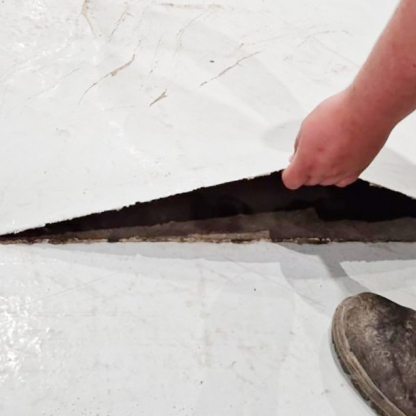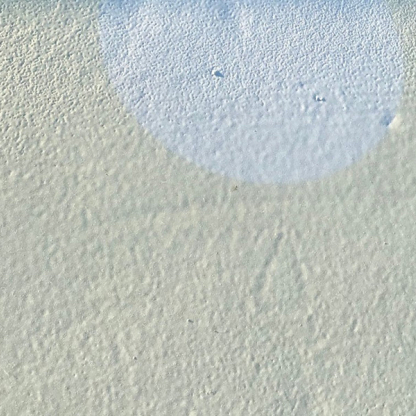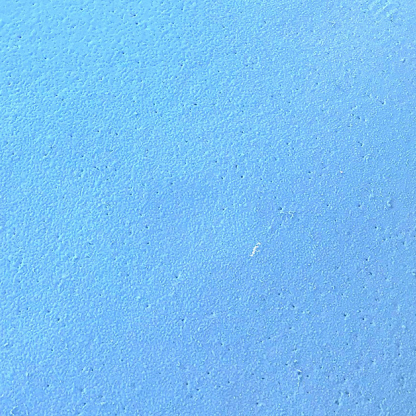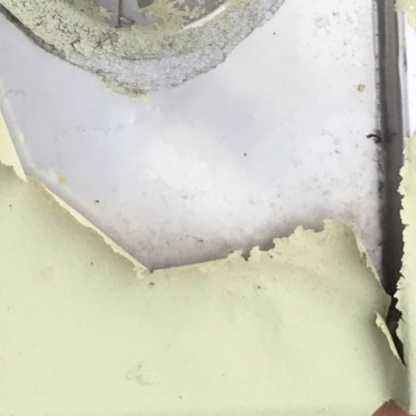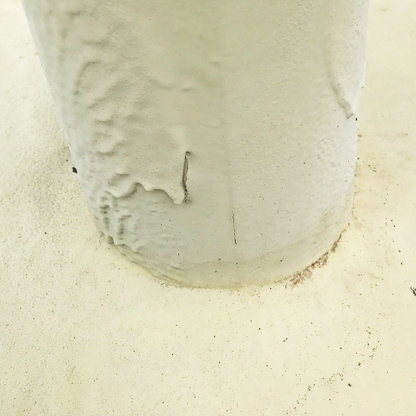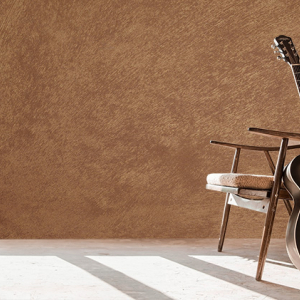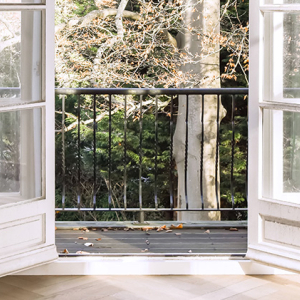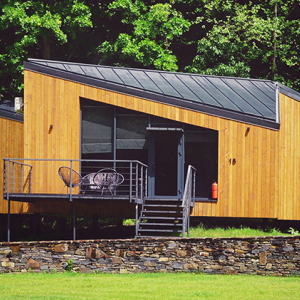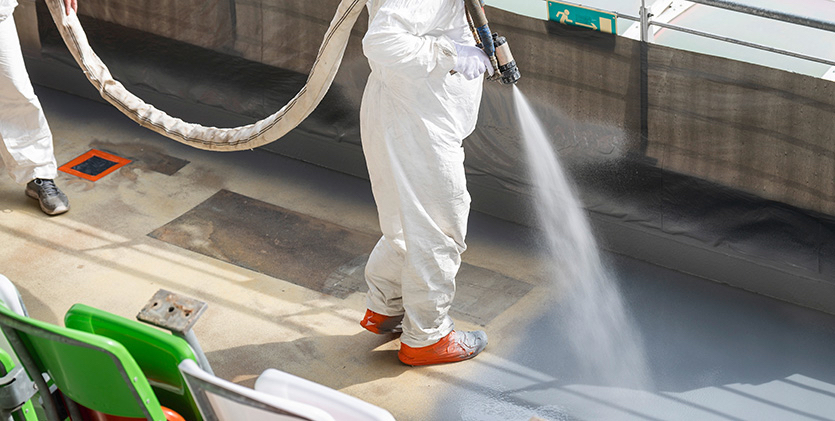
The importance of substrate preparation and compliance with conditions when installing polyurea for flat roofs
Among the various waterproofing technologies that have emerged over the years, the use of polyurea membranes offers a number of advantages over traditional liquid membranes. In order for the membrane to serve its purpose for a long time, the substrate must be properly prepared and the installation conditions must be taken into account. It requires experienced operators and a suitable machine or reactor.
Errors that can occur during the application of polyurea include:
No adhesion to the substrate
Polyurea has an extremely fast curing time, so application errors are unacceptable. Due to its excellent tensile strength, polyurea does not peel off like other liquid coatings, but separates from the substrate in one large piece.
Poor surface preparation
With polyurea coatings, the substrate surface must be properly prepared. The most common problems are the aforementioned non-adhesion to the substrate and the formation of blisters. Concrete substrates must be mechanically prepared by high-pressure blasting or abrasion in order to remove the surface and create open pores. The substrates should be primed and levelled to create a smooth surface. Sharp protrusions are removed using a machine with a grinding wheel. All dust and loose particles must be removed from the substrate by brushing or vacuuming. All types of cracks must be repaired.
Incorrect choice of primer
Depending on the substrate (concrete, sheet metal, stainless steel sheets, etc.), a suitable primer must be selected to allow adhesion with the polyurea, otherwise it may peel off from the substrate.
Surface contamination
Dirt is a common problem when applying polyurea. This is connected to inappropriate surface preparation. If the substrate is properly prepared but not properly cleaned, the polyurea will not adhere to the substrate but will separate from the dust, oil or grease.
The degree to which the polyurea is separated from the substrate depends on the amount of contamination. The effects of pollution can also cause blisters to form on the coating.
Conditions during application
Although polyurea coatings perform better than almost all other systems in a wide range of weather conditions and temperatures, they do have some limitations – sensitivity to moisture if the substrate is less than 3 °C above dew point at the time of application. In this case, it is likely to separate from the substrate in one large piece. The same applies to the adhesion of the second layer to the first.
Application in windy weather
Wind can cause excessive exothermic energy loss and interfere with the mixing efficiency of the spray gun, affecting the surface texture, curing and the physical properties of the polyurea and causing overspray problems.
Coating
If the required thickness of the polyurea coating is not achieved in one application, an additional coating is required. If additional coating is needed, it is recommended to do it within the recommended time interval (24h). The longer the time interval between layers, the more likely it is that adhesion problems between layers will occur. Especially when applied during a day with a lot of sunshine, this will lead to a faster colour change and the formation of a surface layer that will cause problems with interlayer adhesion.
Blisters
The formation of blisters in polyurea coatings is a common problem. There are several reasons for this. If you notice blisters, it is important to find the cause to prevent recurrence. To determine the cause of a blister, it must first be excised and analysed.
If the underside of the blister is smooth, the likely cause is moisture (trying to escape from the substrate) or contamination of the substrate.
If the underside of the blister is rough, this is probably due to moisture between the coating and the substrate, or the polyurea is rich in isocyanate.
If the underside of the blister is rubbery, this indicates a problem during the mixing process (too much resin) or that the primer is not curing properly. It is important to ensure that the primer has cured, not just dried, before applying the polyurea coating.
Holes on the surface
Holes are formed when polyurea is applied to a substrate that is not properly sealed. If there is residual trapped moisture in a substrate that has not been properly sealed, after application of the hot polyurea, the moisture will penetrate the wet, freshly applied coating before a film can form.
If you notice this problem on a surface, the best course of action is usually the cheapest: applying a second layer of coating to completely seal the surface. On smaller surfaces, the holes can be filled with polyurethane putty and sprayed again with polyurea after curing.
A precautionary measure to take when applying polyurea in the summer months is to apply at falling rather than rising temperatures.
In addition, air trapped in the concrete substrate can also cause small holes. To prevent the formation of holes, the holes in the concrete substrate should be filled with epoxy resin before the application of the polyurea.
It is important to stop as soon as you notice the holes, because if there is a problem with trapped air throughout the roof, you will have to fill in a lot of holes. Once all the holes have been sealed, there may be a time interval for a new layer of polyurea to be applied.
Cavities
These occur when polyurea is applied thickly around details, e.g. roof waterproofing. These cavities look like melted candle wax. The best way to avoid cavities is to apply the polyurea to the details before coating the whole surface.
Polyurea is a superior material, but it is not forgiving of installation errors, so it is important to follow the installation instructions and conditions.

